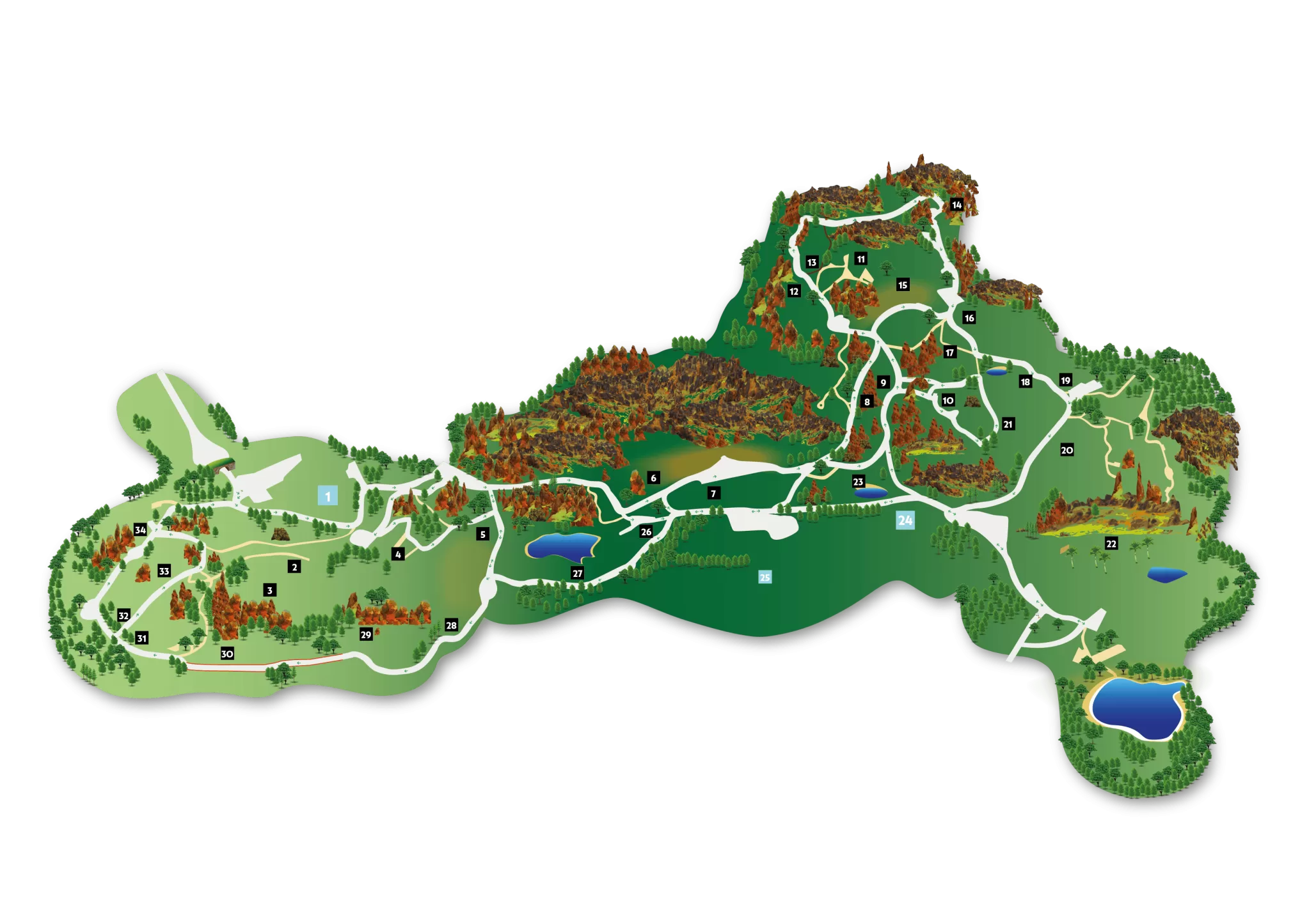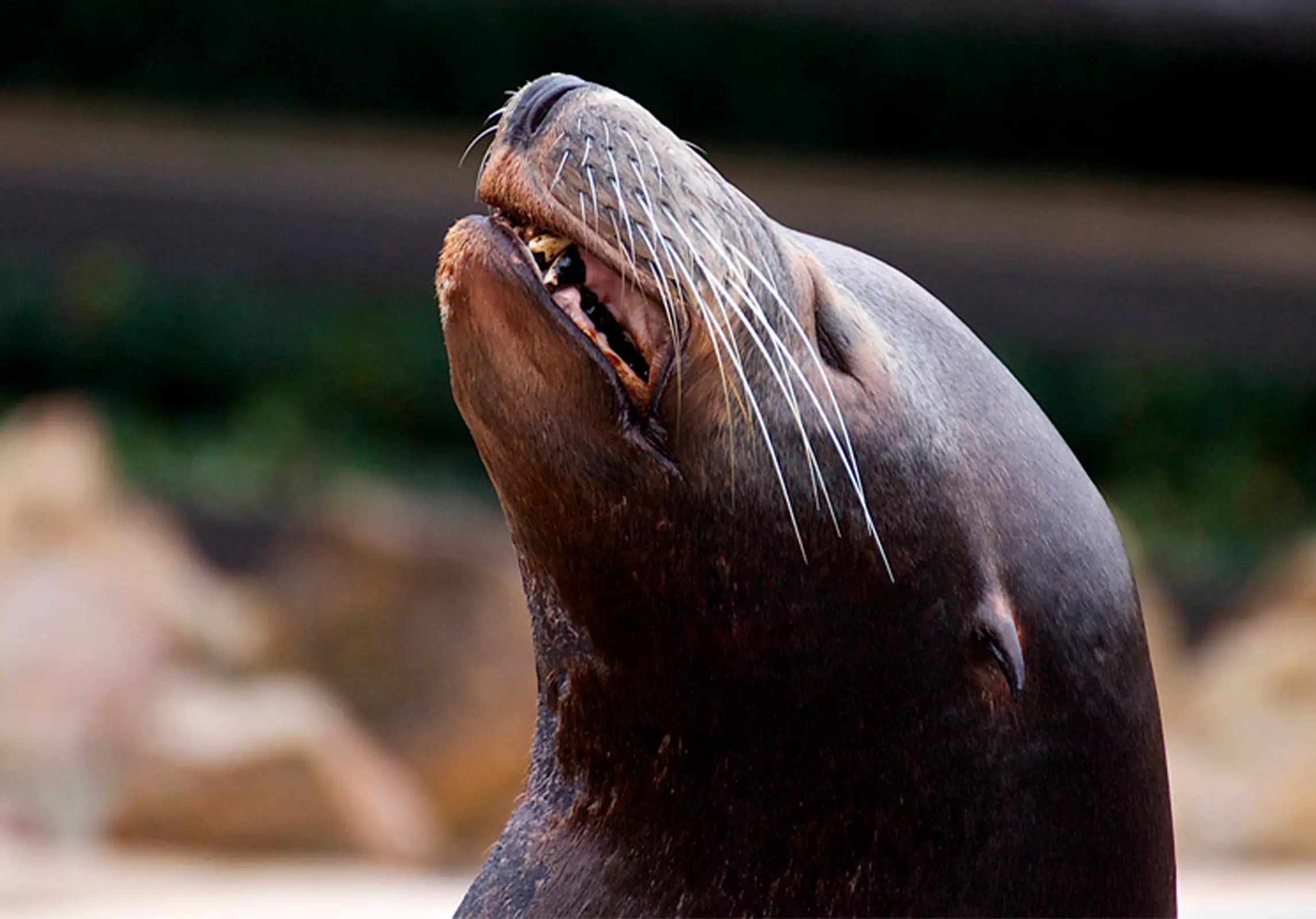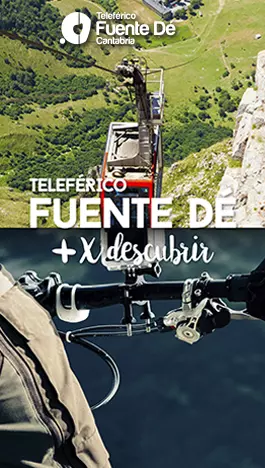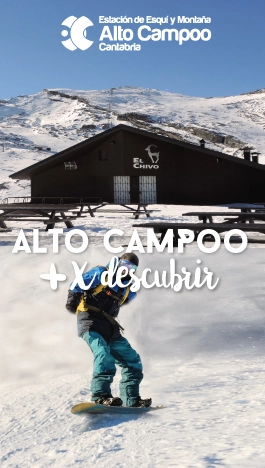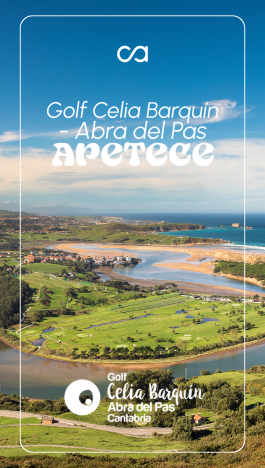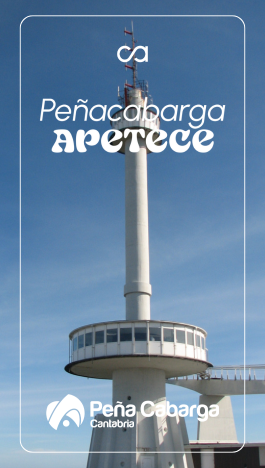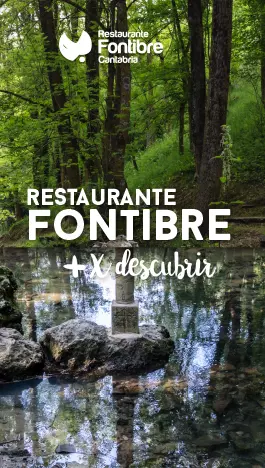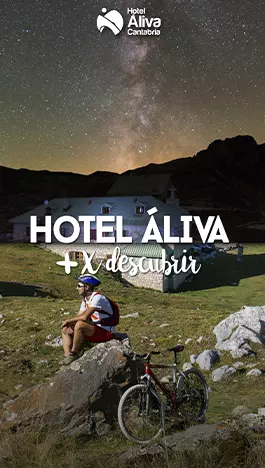
Ambassadors of the marine environment, there are two species of sea lions at Cabárceno Park: the Patagonian (Pas and Deba) and the Californian (Eco).
California sea lions (Zalophus californianus) are characterized by being a species with significant sexual dimorphism, where males can reach 250 kilograms but females will not exceed 120 kilograms. It is a very hydrodynamic species, with finer bodies and shorter hair, less fat, an elongated snout, and highly adapted to the warm climate of California, which is why they spend a lot of time in the water. Living in areas with great fish diversity, individuals can take the privilege of living alone, so their character is much more independent, although they can always be seen on the coast lying in groups.
Patagonian sea lions (Otaria) are characterized by being a very large species in which males can reach 500 kilograms and females 250. They are much more robust, have a flat and strong snout, and more fat. They are totally adapted to the cold climates of Patagonia. Living in such cold areas and with considerable food scarcity, they are a much more social species, so they always live in groups, both to keep warm and to protect themselves from predators and to use fishing maneuvers.
The fact that many males live together has led males of this species to have more hair on the neck area, to protect themselves from fights, and at the same time they have developed a much more characteristic roar similar to that of a land lion, hence the name ‘sea lions’.
At Cabárceno, they have facilities with several secluded pools, dedicated to the animals’ relaxation and privacy, and the main pool, where daily training routines take place and which also serves as their space for tranquility and leisure.
The mature age of the three individuals, Eco, 33 years old; and Deva and Pas, 21 and 22 years old respectively, and their vision problems, have led Cabárceno to carry out a renovation of these animals’ enclosure, whose new design is intended to respect their age and their physical ailments and take another step forward by offering a new way to approach this species and learn about its characteristics.
The outdoor facility, due to its design, allows for very close viewing of these animals.

